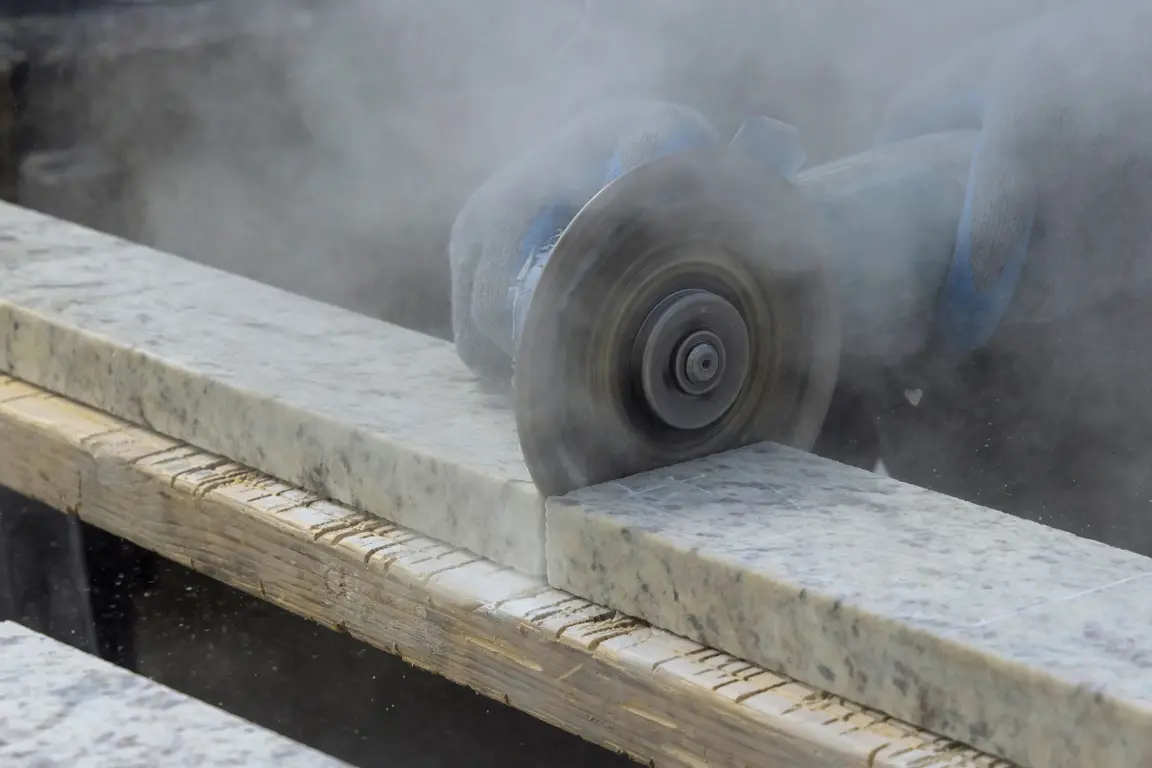Every year, thousands of workers suffer from illnesses caused by exposure to hazardous substances, from skin conditions to serious lung disease. Yet many of these cases are entirely preventable with the right COSHH controls in place.
In almost every workplace there are substances that can cause harm to health. Managing these risks isn’t just best practice; it’s a legal requirement under the Control of Substances Hazardous to Health (COSHH) Regulations.
But in reality many organisations are operating with outdated, incomplete or poorly understood controls and it’s putting both people and businesses at risk.
What counts as a hazardous substance?
Under COSHH, hazardous substances come in many forms - these can include:
- Dusts (e.g. wood dust, flour, metal dust, silica)
- Fumes (e.g. welding, soldering)
- Gases and vapours (e.g. solvents, cleaning chemicals, exhaust fumes)
- Liquids (e.g. adhesives, paints, inks, disinfectants)
- Biological agents like legionella bacteria.
Even everyday products can be hazardous if used in large quantities, over time, or in enclosed areas with poor ventilation.
Common mistakes in COSHH management
Despite the widespread use of hazardous substances, many businesses fall short of full compliance.
Common issues include:
- Outdated risk assessments - Risk assessments that haven’t been updated to reflect new substances, changed work processes, or revised guidance can’t offer adequate protection.
- Generic or off-the-shelf assessments - Templates are useful but they’re not a substitute for site-specific evaluation of how substances are used, stored, and disposed of.
- Inadequate training - If staff don’t understand the risks or how to use controls properly, health risks remain high.
- Poor ventilation and control measures - Without effective Local Exhaust Ventilation (LEV), appropriate PPE, or process controls, exposure can exceed safe limits.
The Health and Safety Executive (HSE) continues to take action against employers who fail to protect workers from exposure. The HSE expects proactive, documented, and effective control measures and won’t hesitate to act when they’re missing.
Poor control of hazardous substances doesn’t just risk enforcement action. Long-term exposure to dusts, fumes or vapours can cause chronic respiratory disease, skin disorders, and even occupational cancers. For employers, that means lost working time, higher insurance costs, and reputational damage when things go wrong.
What good looks like
- Keep risk assessments current - They should reflect how substances are actually used on-site.
- Apply the hierarchy of control - Start with eliminating or substituting hazardous substances where possible, and then controlling exposure through engineering controls, safe systems of work, and PPE as a last resort.
- Train and refresh regularly - Staff understand the risks, know how to use controls properly, and are confident in what to do if something goes wrong.
- Monitor and verify - Ongoing review includes exposure monitoring, LEV checks, and updating procedures when substances, processes or staff change.
Is it time to review your COSHH approach?
If your assessments haven’t been reviewed in the last year, or if you’re unsure whether controls are working in practice, it may be time to act.
Make UK can help you build confidence and compliance through:
- Awareness training
- Legislation gap analysis
- Practical on-site guidance to review and improve your controls
Take proactive steps today and get in touch - [email protected] or call 0808 168 5874.
Make UK Environment, Health and Safety subscribers can access more details regarding COSHH, including a comprehensive guide by logging in to My Account.
